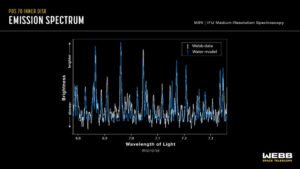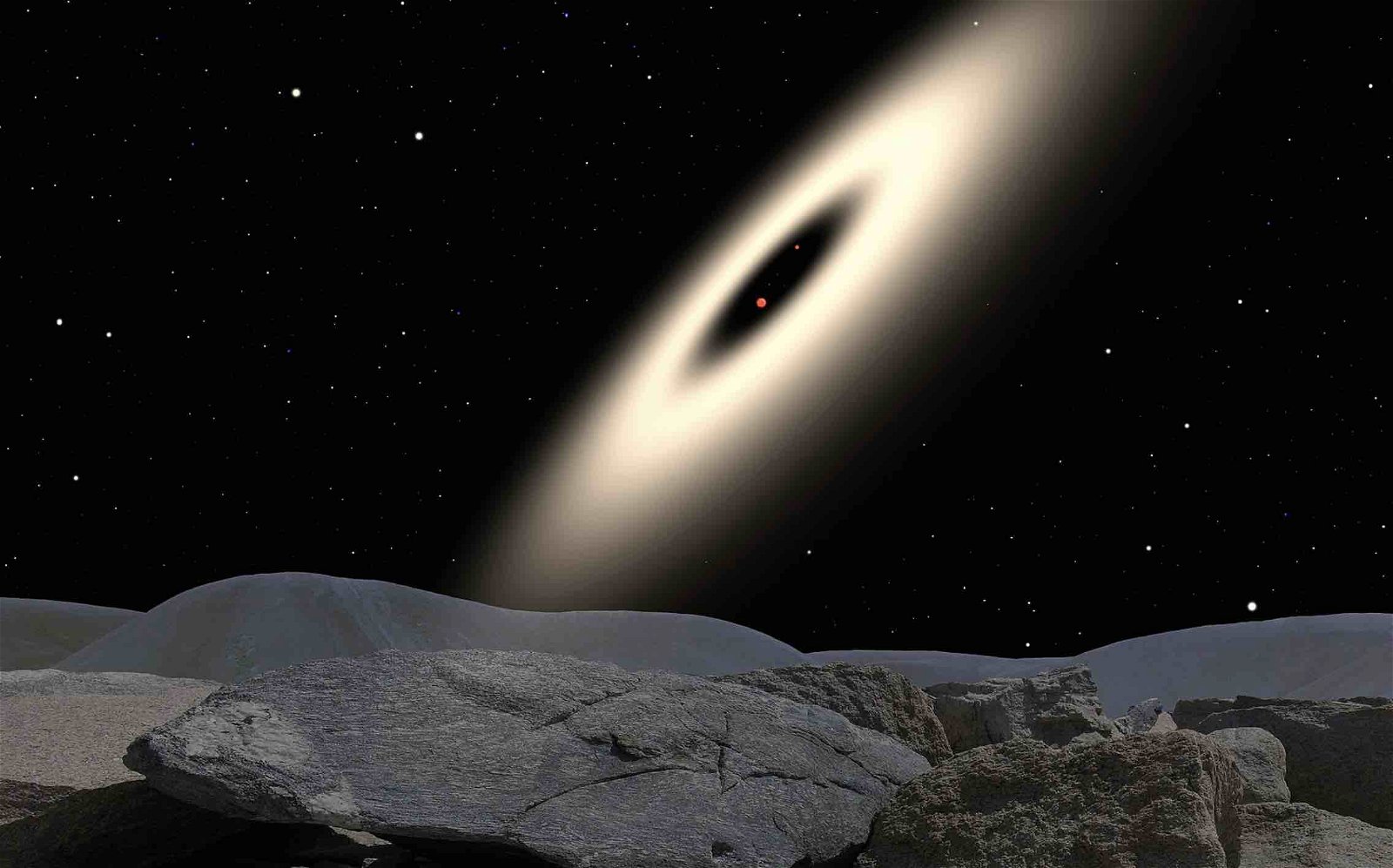In a finding that could send ripples through the astronomical community, NASA says researchers have found evidence of water in a protoplanetary disc where new planets are forming.
This first-of-its-kind discovery may help answer the long-standing question regarding the origin of Earth’s water while also offering a potential guidepost for astronomers and astrobiologists in their search for signs of extraterrestrial life.
Where We Find Water, We Find Life
From the most basic single-celled organisms to the largest blue whales in the ocean, scientists have been studying life for generations. In recent decades, that effort has included studying organisms that survive and even thrive in places humans long thought impossible.
Dubbed extremophiles by the folks that study them, these hardy organisms have been found in the deepest caves, under the ice sheets of Antarctica, around bubbling vents in the deepest parts of the ocean, and even in the lava-filled caves of active volcanoes. In fact, many of the hardiest extremophiles don’t even need sunlight or oxygen to live.
Still, in all of the life forms scientists have identified, one thing has remained constant. Whether in extreme temperatures, under extreme pressures, or even within the darkest depths, life as we know it needs water. Oddly, as newer and better space telescopes and missions are planned to broaden the search for life in the cosmos, we still don’t exactly know where the water on Earth came from.
Now, a research team using the most sophisticated tool currently available in space science, the James Webb Space Telescope (JWST), say they have found water in a place that may not only finally help answer the question of the origin of Earth’s water, but may inform efforts to search for extraterrestrial life across the broader universe.
Location of Water in Protoplanetary Disk is Just Right
The discovery came when the study’s lead author, Giulia Perotti of the Max Planck Institute for Astronomy, and a large team of collaborators focused the powerful instruments of the JWST on a planetary system 370 light years away named PDS 70. They knew from earlier work that there was a pair of massive discs of material with a huge gap between them surrounding the 5.4 million-year-old star and that within the gap between the discs, two gas giants had already formed.
After zeroing in on the inner disc, they spotted the spectral signature for H20, more commonly known as water. Perhaps even more significant, the water vapor was found less than 100 million miles from its host star. Rocky planets like Earth, which is 93 million miles from the sun, typically form at these orbits. And, while no rocky planets have yet been spotted in this particular system, additional measurements made of the disc, including silica materials, lead the research team to believe that Earth-like rocky planets may be forming almost exactly where they found the water vapor.


Credits: NASA, ESA, CSA, J. Olmsted (STScI)
“We’ve seen water in other disks, but not so close in and in a system where planets are currently assembling,” said Perotti. “We couldn’t make this type of measurement before Webb,”
“This discovery is extremely exciting, as it probes the region where rocky planets similar to Earth typically form,” added MPIA director Thomas Henning, a co-author of the paper.
Mystery of Life-Sustaining Water On Earth-Like Planets Has Strong New Clues
The researchers behind the finding, which was published in the journal Nature, say that follow-up analysis of the findings is planned using two other instruments on the JWST, NIRCam (Near-Infrared Camera) and NIRSpec (Near-Infrared Spectrograph). Those readings, they note, should not only confirm the findings but hopefully offer more insights into how the water has survived in the harsh ultraviolet light of its host K-type star and where it even came from in the first place.
“One possibility is that water molecules are forming in place, where we detect them, as hydrogen and oxygen atoms combine,” the team postulates. “A second possibility is that ice-coated dust particles are being transported from the cool outer disk to the hot inner disk, where the water ice sublimates and turns into vapor.”
Both scenarios have their issues, but the team hopes that the follow-up reading will end the mystery. Either way, given the number of completely plausible scenarios for water forming on Earth and how that may happen in the cosmos, the readings from PDS 70 are a fresh set of tantalizing clues that may reshape the search for life in the cosmos.
Christopher Plain is a Science Fiction and Fantasy novelist and Head Science Writer at The Debrief. Follow and connect with him on X, learn about his books at plainfiction.com, or email him directly at christopher@thedebrief.org.

